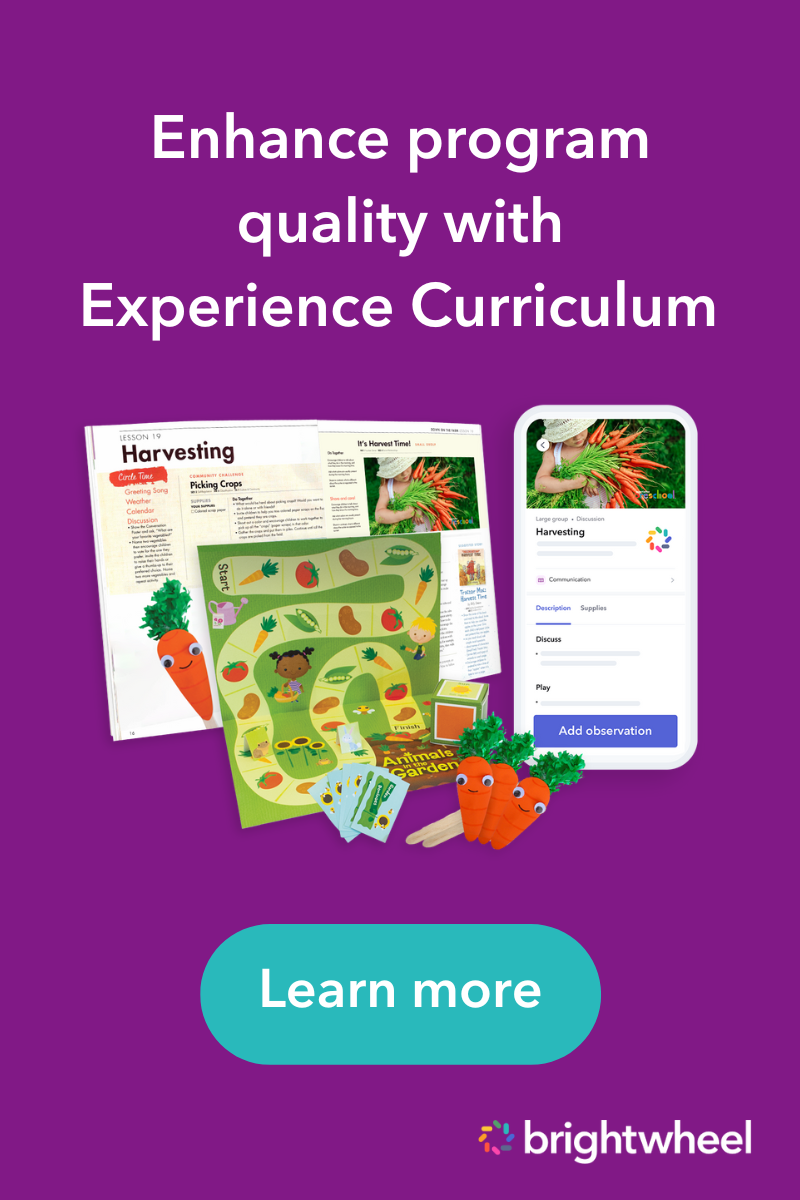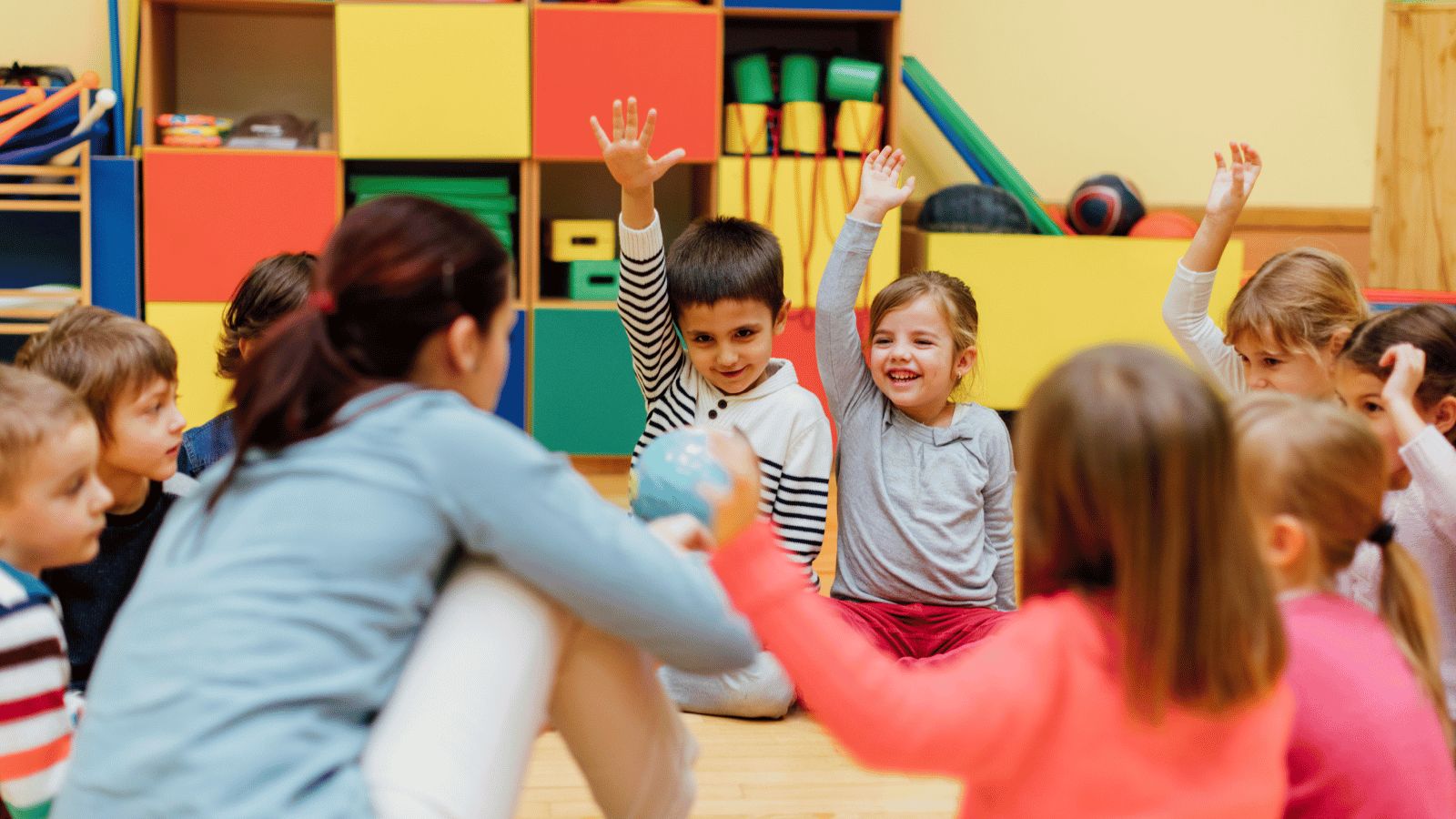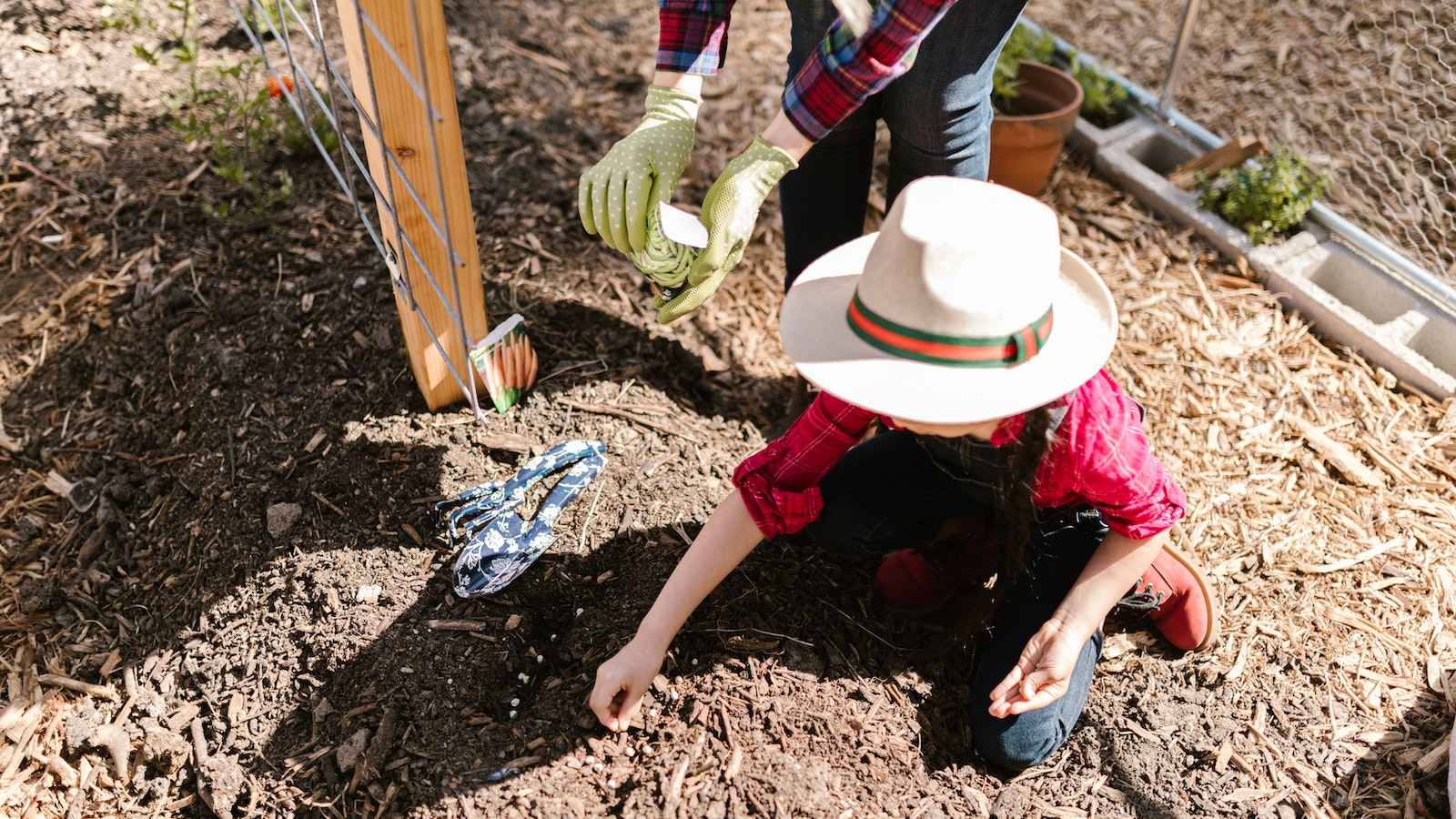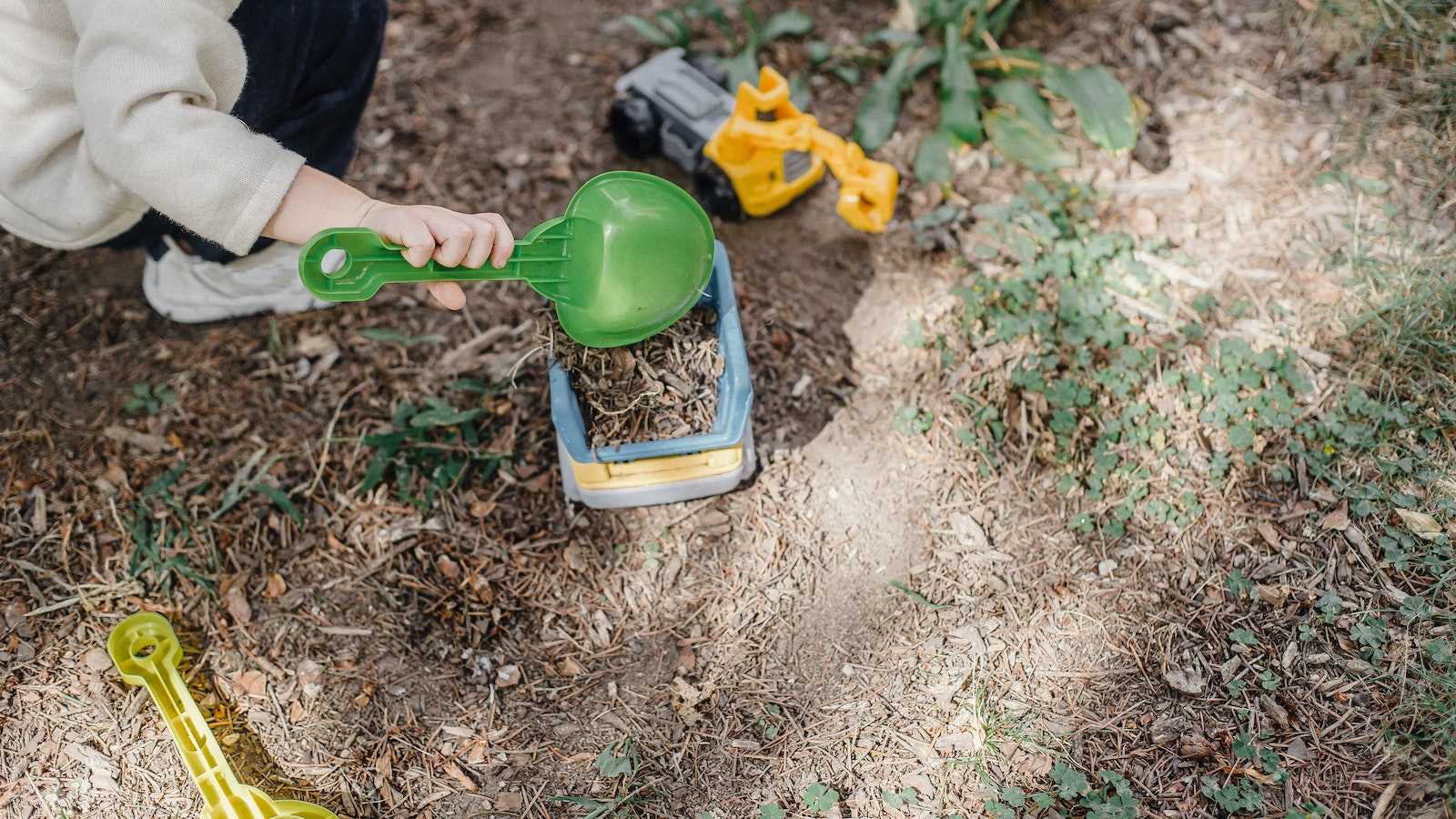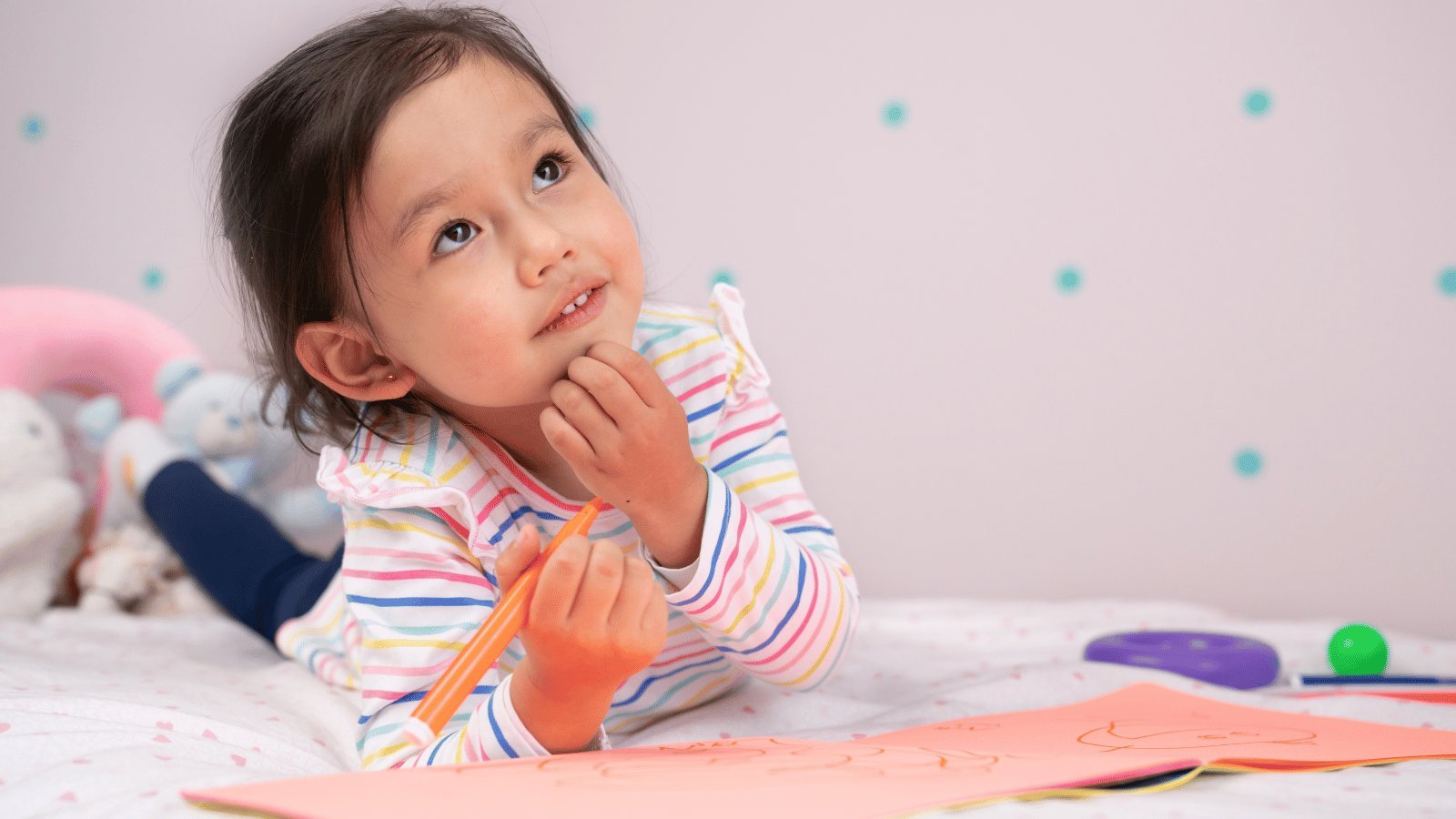Preschool is a crucial time in a child's development, and incorporating themes into their learning experiences can have a profound impact. From fostering creativity and engagement to enhancing critical thinking skills, preschool themes provide a structured yet flexible approach to education.
As an educator, using themes is a creative way to plan what lessons or skills to cover with your class and incorporate fun into the learning process. Preschool classroom themes also help families keep up with their child’s learning and monitor their progress.
In this article, we'll cover the benefits of theme-based learning and list some of the best preschool themes that will improve your child’s learning.
What are thematic units?
Thematic units are lessons that integrate all subjects, like science, reading, language, and math, under one main theme for a balanced curriculum. Thematic units enhance children’s comprehension, as children often learn best through interactive and integrated activities.
When planning a thematic unit for your preschoolers, consider the elements below:
- Topic: Consider the children’s interests and experiences.
- Learning level: Choose an appropriate theme for their learning level and ability.
- Goals: Determine what goals you want to achieve. For example, your goal for a friendship theme may be learning to be kind and respectful.
- Materials: Decide what materials you need for the whole theme.
- Activities: Develop relevant activities across the theme.
- Book selection: Select books that communicate the theme.
- Discussion questions: Develop questions that help children reflect on the theme.
- Assessment: Prepare an assessment method to document children’s progress throughout the unit.
You can plan a theme to last for any amount of time that works best for your program. Themes can change monthly or weekly, or can center on a larger theme such as the alphabet and be broken down into smaller themes, such as focusing on each letter of the alphabet for one week at a time. You can even revisit any themes that your children really love and use new resources and activities to keep the material fresh.
With brightwheel's daily scheduling feature, you can organize your thematic units with schedules that are simple to design, update, and communicate. Use the built-in calendar feature to manage your daily, weekly, and monthly schedule and events, and tailor event information for specific rooms or age groups.
Daily Lesson Plan Template
Use this template to develop effective lesson plans for infants, toddlers, and preschoolers.
Theme-based learning
Theme-based learning follows a thematic calendar approach where children learn concepts under broad themes. The theme-based approach helps children connect academic content to real-world experiences and builds on their prior knowledge of a topic.
It’s a fun and engaging way to learn because it involves hands-on crafts, interesting storybooks, essential conversations, and skill-building activities. Theme-based learning benefits children in various ways, including:
Encourages a love for learning
When teachers tap into children’s natural curiosity, it excites and motivates them to learn and discover more independently. For example, when learning about a specific type of flower, the children may want to know where and how it grows or paint a picture of it. As a result, they become active learners, and the learning remains exciting and vibrant.
Builds awareness in children
Children learn about the world around them through engaging storybooks, national holidays, special events, and items they can see. For example, with a fire safety theme, children can learn how fire affects people’s lives and homes and what to do to stay safe. They also discover what first responders go through to save people's lives.
Supports various learning styles
Theme-based learning exposes children to various activities that cater to different learning styles. This variety provides support to all children as they learn differently. For example, while one child may learn better through visuals like pictures and illustrations, another may prefer hands-on learning, where they can touch and manipulate objects.
Best preschool themes
Themes can help you create focused, engaging lessons that teach your preschoolers new skills. Using themes in your curriculum can make lessons more memorable for your children and make it easier to teach them new concepts.
Creating lessons that incorporate the following preschool themes can help your preschoolers learn important concepts and develop their social-emotional, language, cognitive, and daily living skills.
1. All about me
This popular preschool classroom theme is great to introduce at the start of a new school year as a way for everyone to get to know a little bit more about each other. Children love sharing about themselves, and giving them the opportunity will create a sense of openness and curiosity in your classroom. With this theme, children can display their special and unique personalities.
This theme will also allow you to learn more about each child's interests and life experiences, giving you important insight into other topics and subjects they might find engaging.
Make a card and divide it into areas where children can write about their families, what they love, and their hobbies.
2. Alphabet
An alphabet theme helps children identify each letter, both lowercase and uppercase, and the sounds each letter makes, which develops their overall literacy skills. This is a foundation of children’s learning, so the earlier a child can recognize these letters, the higher the chances of academic success they stand to achieve.
This preschool theme can be taught through preschool songs and rhymes. For example, children can sing as they find their way through an alphabet maze, either by walking through it or with a toy. You can also have children stack up blocks labeled with the letters in order from A-Z.
Getting children to match uppercase and lowercase letters will also go a long way in reinforcing what they are learning. You can get printable road letters and ask children to drive their toy cars on each letter. This is a fun activity for children who love cars.
3. Autumn
Autumn is a great September preschool theme as the seasons begin to change from the heat of summer. You can incorporate pumpkins, leaves, apple picking, and lots of outdoor activities to celebrate the fall season.
Consider introducing games like the “I spy” game with fall-themed decorations in your classroom. You can say, “I spy with my eyes, something yellow.” The children will look for anything in the classroom that is yellow and identify it. Repeat it several times with different colors and objects.
You can also collect as many leaves as possible and ask children to arrange and stick them on paper. This activity will develop their fine motor skills. Songs and autumn-themed picture books will also help children learn more about the season.
4. Birds
Children get intrigued by the world around them and like to learn how it works. They get particularly fascinated by the birds as they begin nesting during the spring season. This theme helps children learn more about different types of birds, their migration patterns, what they feed on, egg-laying, and other aspects of a bird's life.
Draw a bird on paper, cut it out, and provide different colored feathers that children can stick on. This activity incorporates different shapes, textures, and colors. During circle time, read bird-themed books and also sing songs.
5. Bugs and insects
This theme can help children learn about common bugs and insects such as spiders, butterflies, bees, and ladybugs.
You can use toy insects to teach concepts about each bug’s different characteristics, the roles they play in nature, and how to examine them under a microscope. Or plan a sensory or art activity centered around the insect theme.
6. Clothes
A clothes theme can be done any time of the year. This theme helps preschoolers learn about matching, sorting, and textures. It also helps them develop color recognition and the ability to pick out their own clothes. The book Mary Wore Her Red Dress and Henry Wore His Green Sneakers, by Merle Peek, is an adaptation of a folk song. It focuses on clothes and color, with brilliant pictures and repetitive verses.
For a craft activity, help the children create clothing from paper bags (cut out armholes in advance). Let them decorate by coloring with markers. You can help them develop their matching skills by laying out several different pairs of socks and letting them match them.
7. Colors
Promote children’s ability to differentiate between colors as this helps them develop their visual memory, focus, and pattern skills. This theme can be taught at any time of the year, on its own, or combined with other themes, like snow, to teach children about the color white.
During circle time, read picture books about colors or use play dough to introduce different color concepts.
Give children objects such as building blocks and ask them to match them by color. You can also ask parents to dress their children in a particular color and make it the focus of study throughout the day or week, depending on how long you want to study the color theme.
8. Community helpers
This theme helps children understand and appreciate the different roles that people within their community play. For example, the police ensure that children are safe at home and garbage collectors pick up their trash and keep the community clean.
Try a community helpers sorting activity to show each community helper and the tools and objects they use in their professions.
Do a role play activity with the children and ask them to dress up, for instance, in a fireman’s suit, and have them act like they are stopping a fire. You can also take a field trip to a local fire station or recycling center.
9. Construction
A construction theme helps children understand how things like roads and buildings are built. It also helps them understand the role of builders in the community and the heavy equipment used.
Using letter stamps and toy hammers, have children hammer letters onto flattened play dough. They can practice their motor skills and letter recognition at the same time!
10. Cultural celebrations
Celebrate diversity by exploring cultural traditions from around the world. Focus on different countries each week and highlight their customs, festivals, and unique characteristics through crafts, music, and food exploration.
Encourage children to share about their own family traditions to make the theme more personal and inclusive. This theme helps foster a sense of respect and appreciation for cultural differences.
11. Dinosaurs
Take your preschoolers on an adventure to the land of dinosaurs! Introduce them to different dinosaur species, learn about fossils, and explore how scientists discovered these remarkable creatures.
Hands-on activities like digging for "fossils" in a sandbox or creating dinosaur footprints with painted feet are both fun and educational. This theme fosters a love of science and prehistory.
12. Dirt and worms
Dirt and worms themes simplify the seemingly challenging science concepts. Most children love to play with earth, worms and other creatures that live in the dirt, making this theme a favorite. Have children explore real earthworms in real dirt or have children use play dough to roll out thin “worms” and practice measuring them.
13. Earth Day
This theme is excellent for teaching children about the importance of caring for the environment. For Earth Day, typically observed on April 22, you can plan activities like planting flowers in the garden and picking up litter. With this theme, children can learn about the importance of recycling and reducing waste to protect the living space of humans and animals.
Reading books like The Earth Book by Todd Parr will help them understand that they can do little things to make a big difference to our planet.
14. Farm animals
Introduce the farm animals theme by having children match animals to the sounds they make or reading picture books about farms. This theme can also help children learn where the food they eat comes from. Incorporate a farm animal craft to encourage your children’s imagination and creativity.
15. Feelings
This theme helps children understand and describe their emotions. First, teach children the words for basic emotions, such as happy, sad, angry, scared, and excited, and ask them how they feel. Then place feeling cards in a row on a board and ask them to point to or place their name cards below the emotion they’re feeling.
You can play feelings charades by having the children act out feelings using facial expressions and body gestures. As each child acts out a feeling, whoever correctly guesses the feeling first is next to act out an emotion for the others to guess.
16. Fire safety
Fire prevention week, which falls the week of October 9 each year, is the perfect time to teach your preschoolers important fire safety rules.
Firefighters put their lives on the line every day. Teach preschoolers to honor and appreciate them by visiting the nearest fire station to say “thank you.” The children can color pictures of firefighters to take with them or “write” letters of appreciation.
17. Five senses
Children use their five senses—sight, hearing, smell, taste, and touch—to understand the world around them. Teaching your children about the five senses helps with overall sensory development, teaches important skills that children can use to manage their emotions, and also helps them understand how their bodies work.
Print out body parts cards for your preschoolers and have them match the correct body part with the sense. Have textured items in the classroom and ask children to describe how each item feels.
18. Friendship
Friendship skills are essential for social growth, and the earlier a child learns these life-long skills, the better. You can even devote a week or month to teaching children how to get along with others.
Read friendship books with your children, sing friendship songs that encourage being friendly to one another, or do crafts. You can also teach your children the importance of kindness, make friendship bracelets, or try an ice cream sharing activity.
19. Gardening
Gardening is a relevant theme for spring and summer months. Explore the art of gardening and caring for plants with simple, collaborative activities. Indulge your children in a creative activity of sorting and counting different flowers, fruits, vegetables, or seeds by color, size, or shape. This is a fun activity that will help them to practice their concentration and math skills.
Integrate movement into a garden theme by trying out flower yoga poses or setting up a gardening sensory bin. Children will get their hands dirty, but they will enjoy it.
20. Houses and homes
This theme helps preschoolers learn about different living environments and broadens their world knowledge. Show the children pictures of houses, like apartment buildings, mansions, igloos, cottages, tents, and huts. Ask them what makes the houses similar and what makes them different.
For a craft activity, cut colored paper into several shapes and sizes: triangles, squares, circles, and rectangles. Then, show the children how to glue the shapes on a plain sheet of paper to make a house and ask them to make their own.
21. Light and shadow
This preschool theme involves many hands-on activities to teach children about science. They will have fun exploring and experimenting with different sources of light and how shadows form in different ways. Have children trace the shadows of various objects or even trace their own shadow outside using sidewalk chalk.
22. Manners
Having good manners helps children learn to get along with others. Modeling is one of the most effective ways to teach preschoolers manners. Teachers can model good manners by using the words “please,” “thank you,” and “excuse me.” However, you may need to remind them when to use these words.
Role play is also an excellent way to teach manners. Have the children act out different scenarios. For example, two children sit at a table coloring pictures. One child needs a color that’s within reach of the other child. What can the first child say to get the color? In another scenario, you’re giving the children instructions, and one of them would like to ask you a question. What should they do?
23. Music and movement
This popular preschool classroom theme supports children’s creativity and physical development. Encourage your children to get their bodies moving by clapping or dancing to the beat, shaking an instrument, or banging on a drum. Choose songs that focus on the sounds that different musical instruments make and teach sing-along songs like the Hokey Pokey or Itsy Bitsy Spider that incorporate movement with the lyrics.

24. Nature
Use this theme as an opportunity to explore the natural environment in your local region. Maybe you live close to the ocean or have access to the mountains—use your landscape as inspiration! Get outside for a nature scavenger hunt or collect different objects like rocks and leaves and see which items sink or float.
The beauty of this theme is that it can be taught any time of the year, using whatever nature you have access to. Encourage sensory exploration, such as creating a sensory ocean bin if you live near the coast or plant seeds and watch them grow!
25. Nutrition
Children who learn how to make healthy food choices early in life most likely stick with this habit into adulthood. Nutrition books like Eating the Alphabet, by Lois Elhert, and Eat More Colors, by Breon Williams, have colorful and vibrant illustrations with lessons on the benefits of eating fruits and vegetables.
Turn your dramatic play area into a grocery store with toy fruits and vegetables. Make sure you have a blank shopping list (ask the children to tell you what items to write) and a shopping cart. You can also combine sensory and sorting nutrition activities. For example, fill a sensory bin with dyed rice (in various colors) and place several toy food items in the bin. Next, have the children pick a food item from the bin and place it on matching colored construction paper.
26. Ocean life
Dive into the depths of ocean life with this exciting theme. Teach children about marine animals, coral reefs, and the importance of keeping our oceans clean. Plan activities like making jellyfish crafts with streamers, creating an underwater diorama, or reading books about sea creatures. Use this theme to foster environmental awareness and introduce early science concepts about marine ecosystems.
27. Our neighborhood
This theme helps children learn about their neighborhoods and local public places.
During circle time, ask children what they see on their way to school. For example, which stores do you have in your neighborhood? What color is your neighbor’s house? Recreate your local neighborhood using simple materials like cardboard or paper bags, and build houses, roads, street signs, and more.
28. Pets
Even if children don’t have pets at home, teaching preschoolers about this theme helps them learn about caring for animals and responsibility.
Practice math skills by incorporating activities like counting spots on a puppy. Help children develop their motor and visual skills with a pet paw print activity.
29. Space exploration
Introduce your preschoolers to the wonders of space! This theme allows children to learn about the planets, stars, astronauts, and space travel. Use books with colorful illustrations of the solar system and set up a "space station" in your classroom.
Activities could include creating paper-mâché planets, rocket ship crafts, or sensory bins filled with "moon sand." This theme inspires curiosity and expands their imagination beyond Earth.
30. Spring
As seasons change, children get the opportunity to learn and explore the environment around them. Since the temperatures are mild in spring, take children outdoors as much as possible. In most cases, this theme revolves around plants, flowers, and growing, but there are other springtime activities you can explore with your children.
Ask your children to create flowers using play dough. They can practice counting the petals and learn about the different parts of the flower. Or follow this tutorial to engage your children in a flower painting activity.
31. Summer
An August preschool theme can revolve around summer and include summer-related activities like playing with water, going to the beach, or having a picnic.
When the weather is warm, you can make giant water bubbles with a small plastic pool, dish soap, and a hula hoop. Ice cream crafts are another fun way to celebrate the theme.
32. Sun
This theme helps children understand the importance of the sun, why we need it to survive, and what activities we can enjoy under the sun. Plan a beach day in your dramatic play area. Set up beach towels, floats, pretend sunscreen bottles, and sunglasses. This foundational understanding of the sun sets the stage for additional lessons about the wonders of our solar system, including solar eclipses.
For a literacy-related activity, let the children practice forming the letter “S.” Provide papers with a large “S” on them and let them trace the letter.
33. Transportation
A transportation theme helps children understand how different vehicles work and their purpose. This is also the time to teach and reinforce essential concepts such as road safety when walking or riding a bicycle in the neighborhood.
Simple paper airplanes are another creative way to incorporate the theme. Children can also dip toy cars in paint and roll them on paper to make tire tracks. Use different paint colors and car sizes to encourage children’s pattern making skills and color recognition.
34. Weather
Introduce your preschoolers to essential science concepts and help them learn about their local climate with a weather theme. Use the day’s weather to prompt an activity. Ask the children to describe the weather: sunny, rainy, snowy, or cloudy. Then they can paint or draw a picture showing the day’s weather.
Set up a weather station in the dramatic play area with DIY rain gauges using printable measuring strips attached to plastic containers. Place the containers in a tub and have the children use watering cans to “rain” water into the containers. Then they can measure the “rain” after filling the containers.
35. Winter
A winter theme can teach children about elements that are often associated with the season, such as snow and cold weather. This is the perfect time to discuss topics such as animals and how they adapt to changing seasons and cold weather, or how snow and icicles form. Whether or not you live in an area that experiences cold winter weather, there are several ways to bring winter fun to the classroom.
Creating snowflakes is a fun, hands-on activity for children. They can easily fold sheets of paper in half and cut out snowflakes with their own unique designs and patterns or even follow a template. This is a great opportunity to teach them about a snowflake’s symmetry and how no two are alike. Additionally, this activity supports the development of scissor skills and improves visual perception and concentration.
Final thoughts
Using preschool themes is a fun and engaging way to create lessons and activities geared toward specific topics. A monthly or weekly theme can help you build your classroom schedule and develop a balanced curriculum that keeps your children excited about learning as they acquire new skills.
With a theme-based learning you can create memorable, interactive lessons that benefit children's individual learning styles, teach them about the world around them, expand their language and social skills, and increase their knowledge about science and other concepts.
Brightwheel is the complete solution for early education providers, enabling you to streamline your center’s operations and build a stand-out reputation. Brightwheel connects the most critical aspects of running your center—including sign in and out, parent communications, tuition billing, and licensing and compliance—in one easy-to-use tool, along with providing best-in-class customer support and coaching. Brightwheel is trusted by thousands of early education centers and millions of parents. Learn more at mybrightwheel.com.




